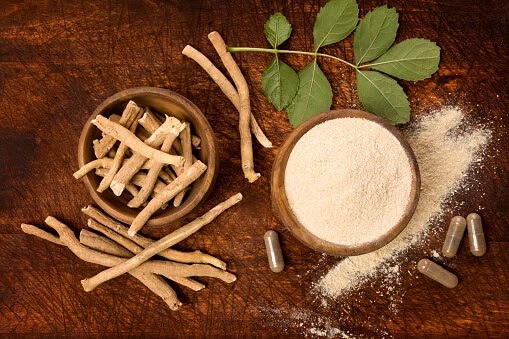Yoga Nidra, often referred to as yogic sleep, is a profound and ancient practice that brings about deep relaxation and inner tranquility. Rooted in the principles of yoga and meditation, this practice offers a unique way to alleviate stress, reduce anxiety, and rejuvenate the mind, body, and soul. In this article, we delve into the essence of Yoga Nidra, its benefits, techniques, and how to incorporate it into your wellness routine.
Understanding Yoga Nidra: Yoga Nidra, which translates to "yogic sleep" in Sanskrit, is a guided meditation technique that induces a state of conscious relaxation. Unlike traditional meditation where the practitioner is usually seated or in a specific posture, Yoga Nidra is practiced lying down. The focus is to enter a state between wakefulness and sleep, where the body is fully relaxed, and the mind is still alert. This practice enables profound healing and restoration on both mental and physical levels.
Benefits of Yoga Nidra: The benefits of Yoga Nidra are extensive and encompass various aspects of well-being. Physically, the practice promotes deep relaxation, which in turn can aid in reducing blood pressure, improving sleep quality, and boosting the immune system. On a mental and emotional level, Yoga Nidra helps reduce stress, anxiety, and tension by calming the nervous system and fostering a deep sense of inner peace. It also enhances concentration, creativity, and overall mental clarity.
The Practice of Yoga Nidra: To engage in Yoga Nidra, find a comfortable and quiet space where you can lie down. It's advisable to use a yoga mat or a comfortable surface to support your body. The practice typically involves a guided session led by an instructor or through audio recordings. The practitioner follows the instructions, gradually moving their awareness through different parts of the body, focusing on the breath, and visualizing calming imagery. The goal is to enter a state of deep relaxation while remaining fully conscious and aware.
Steps in a Typical Yoga Nidra Session:
Setting an Intention:
Body Scan:
Breath Awareness:
Sankalpa (Resolve):
Visualization:
Sensory Awareness:
Deep Relaxation:
Closing:
Incorporating Yoga Nidra: Yoga Nidra can be practiced by anyone, regardless of age or physical condition. It serves as an excellent tool to manage the demands of modern life and find respite from the constant hustle and bustle. Incorporate Yoga Nidra into your routine by dedicating a specific time each day or week. You can find guided sessions online, join classes, or even create your own personalized practice.
Conclusion:
Yoga Nidra offers a transformative journey into relaxation and self-awareness. By delving into this ancient practice, one can experience a profound sense of calm, improved overall well-being, and a deeper connection to oneself. As you explore the depths of Yoga Nidra, you open the door to a world of inner tranquility and rejuvenation that can significantly enhance your life journey.









0 Comments